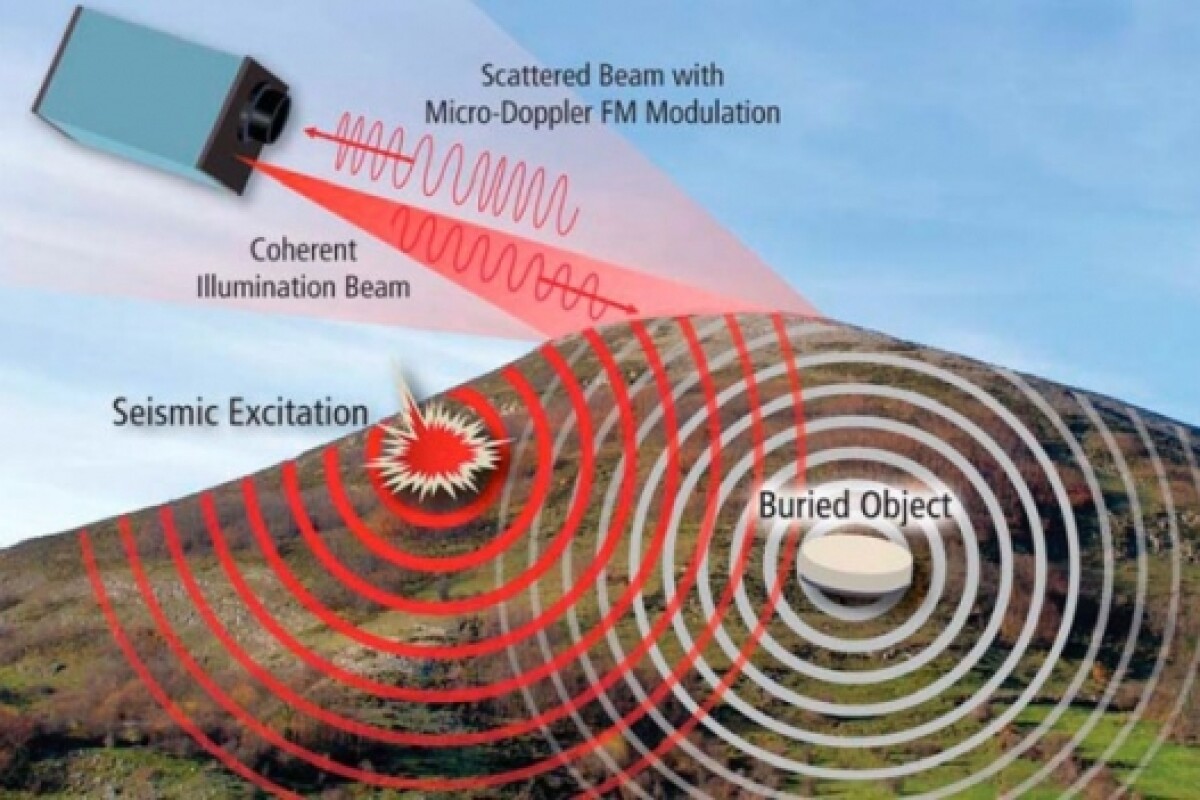May 10, 2009 For some time now, the Defence Department has been looking for technology that can be carried by small ground vehicles, or unmanned aircraft, to detect underground tunnel activity. This took a step closer to reality with the Defence Advanced Research Projects Agency awarding the Raytheon Company a USD$19 million contract to develop a technology that detects tunnels and buried landmines and improvised explosive devices (IEDs).
The ladar vibrometer
Part of the technology that Raytheon will be using is a laser radar vibration sensor, or “ladar vibrometer", to measure voids or hidden machinery under the ground. Essentially the sensor measures the ground surface vibrations, which are analyzed with algorithms, and then compares them to a library of target data to provide a map of what is below the ground.
According to vice president for Advanced Concepts and Technology Nick Uros, the Seismic and Acoustic Vibration Imaging project will employ technology that uses the highly sensitive ladar vibrometer with multiple channels to yield 600 simultaneous pixels for broad area coverage. Advanced algorithms, which have been developed for the sensor, will compensate for vehicle, structural and acoustic vibration.
In addition, Raytheon’s Morphable Networked Micro-architecture processor will be employed to crunch all the data. According the company, this computer is the world’s first whose architecture can adopt different forms depending on the application.
"We are delighted with the opportunity to build and test the demonstrator," says Uros. "This will provide the first capability of real-time acoustic and seismic detection on a mobile platform, with significant improvement in detection stand-off range."
David Greig




